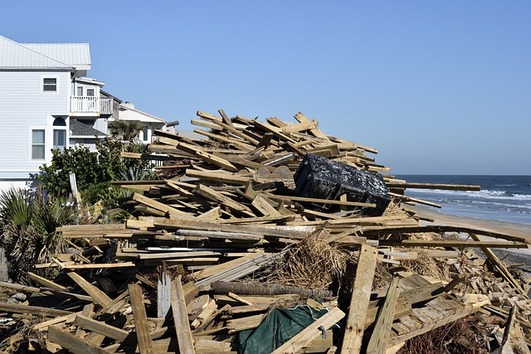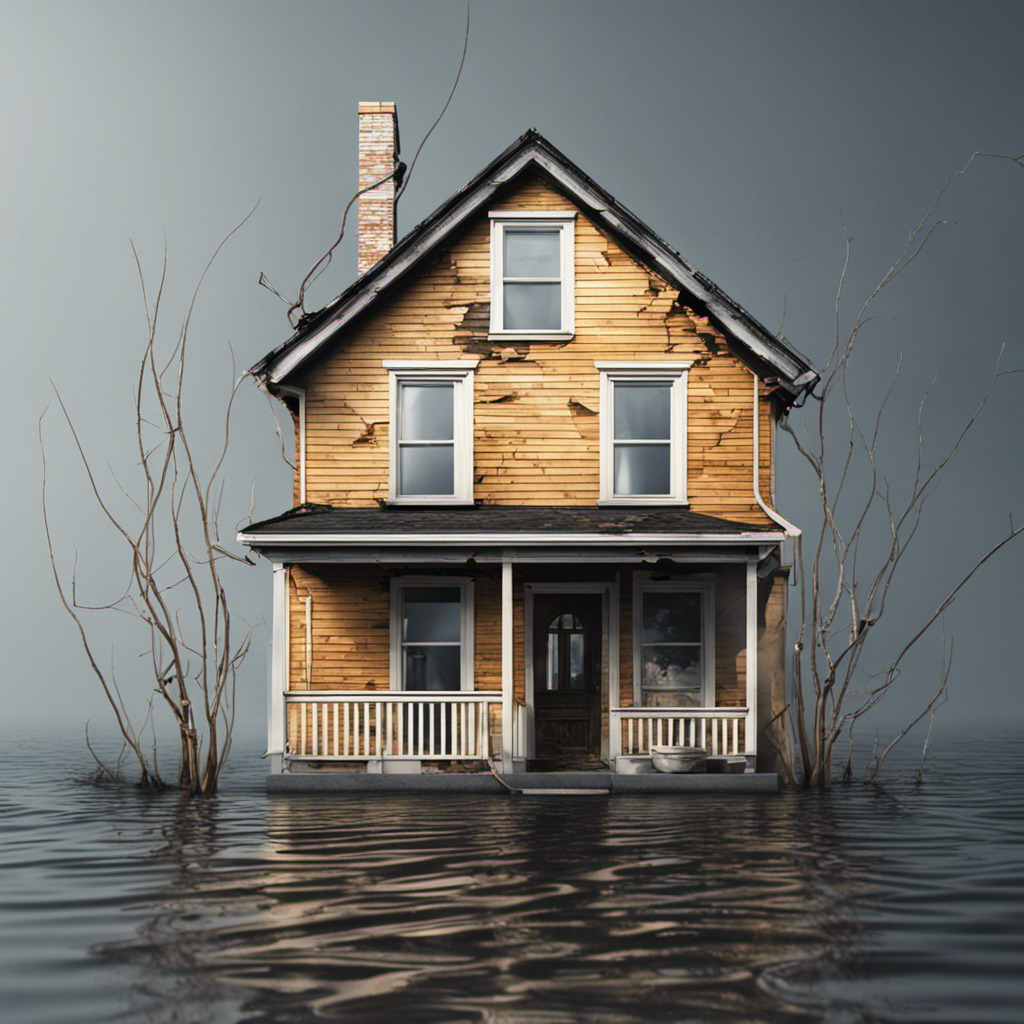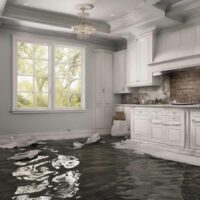
Hardwood furniture is a timeless expression of beauty and craftsmanship woven into the fabric of our homes; but, when these treasured items are affected by the subtle touch of water damage, the restoration process takes on the delicate nature of art.
This in-depth manual aims to be your reliable partner on the journey to restoring water-damaged hardwood furniture. From comprehending the composition of wood to revealing professional restoration methods, every chapter offers crucial information for individuals who are ready to give their cherished furniture a second chance.
Together, let us explore the subtleties of restoration, enabling you to bring back the luster of your hardwood treasures. As we set out on this restorative journey, picture a symphony of grains and hues, where every brushstroke of care and knowledge turns water-damaged hardwood furniture into a testament to resilience and enduring beauty.
See also our post on Hard Water Stain Removal in Commercial Restrooms
What to Know About Hardwood
Cell Structure
Comprehend the cellular structure of hardwood. Understanding how water interacts with the cells helps in gauging the extent of damage and informs restoration techniques.
Grain Patterns
Familiarize yourself with the grain patterns unique to different hardwood species. Recognizing these patterns aids in matching replacement pieces during the restoration process.
Wood Types and Finishes
Identify the type of wood and finish used on your furniture. Different woods and finishes require tailored restoration approaches to ensure the original aesthetics are preserved.
Absorption Rates
Acknowledge variations in wood absorption rates. Certain hardwoods absorb water more readily than others, impacting the severity of damage and the restoration timeline.
Vulnerable Areas
Recognize vulnerable areas prone to water damage. Joints, corners, and exposed edges are particularly susceptible, requiring targeted attention during the restoration process.
Assessing Water Damage in Hardwood Furniture
Surface Inspection
Conduct a thorough surface inspection to identify visible signs of water damage. Look for discoloration, warping, or raised grain as indicators of moisture infiltration.
Checking Joints and Connections
Examine joints and connections for signs of weakness. Water damage can compromise glue bonds and weaken the structural integrity of the furniture.
Smell and Mold Detection
Use your sense of smell to detect musty odors, indicative of mold growth. Inspect for visible mold and mildew, which are common consequences of water damage.
Testing Wood Stability
Assess the stability of the wood by gently tapping. A hollow sound may indicate pockets of trapped moisture, necessitating targeted drying and restoration efforts.
Hidden Damage Investigation
Investigate potential hidden damage by removing drawers and examining areas not immediately visible. Water may have penetrated concealed spaces, requiring thorough restoration.
See also our post on Water Damage Restoration Guide: How to Restore Property After a Disaster
Immediate Steps for Water-Damaged Furniture
Remove Excess Moisture
Act swiftly to remove excess moisture from the surface. Use dry towels or cloths to blot and absorb as much water as possible without causing additional damage.
Allow Natural Drying
Promote natural drying by placing the furniture in a well-ventilated area. Avoid exposing it to direct sunlight or heat, as rapid drying can lead to further damage and warping.
Dehumidification
Deploy dehumidifiers in the room to reduce overall humidity levels. Lower humidity aids in the gradual drying of the wood and mitigates the risk of mold growth.
Gentle Cleaning
Clean the surface gently using a soft, damp cloth. Avoid harsh chemicals that may further compromise the finish. Wipe along the wood grain to prevent scratching.
Elevate Furniture
Elevate water-damaged furniture off the ground. Place wooden blocks or other non-absorbent materials under legs to allow air circulation and prevent further water absorption.
Repairing Surface Damage
Sanding
Use fine-grit sandpaper to smooth water-damaged areas. Sand lightly along the grain, progressively using finer grits for a polished finish. Take care not to remove too much wood.
Filling Gaps and Cracks
Fill gaps and cracks with wood filler. Choose a filler that matches the wood species, and apply it carefully to restore the furniture’s original contours.
Staining and Color Matching
Select an appropriate wood stain to match the original color. Apply the stain evenly, blending it with the surrounding wood to achieve a seamless and consistent appearance.
Sealing and Varnishing
Seal the restored surface with a clear varnish or lacquer. Ensure even application for a protective finish that enhances the wood’s natural beauty and guards against future damage.
Polishing
Polish the furniture using a quality wood polish or wax. This not only enhances the luster but also provides an additional layer of protection against moisture.
See also our post on Top Water Damage Restoration Procedure
Addressing Structural Damage
Gluing Loose Joints
Reinforce loose joints by applying wood glue. Disassemble as needed, apply glue, and secure joints with clamps until the glue sets. Wipe off excess glue before it dries.
Repairing Warped Wood
Correct warped wood using weights or clamps. Apply even pressure until the wood regains its original shape. Gradual correction prevents further stress on the structure.
Replacing Damaged Components
Replace irreparably damaged components with matching wood. Ensure the replacement aligns with the original design, and carefully blend it with the surrounding structure.
Reinforcing Support
Reinforce weakened areas with additional support. Braces, brackets, or strategically placed screws can provide extra stability to areas affected by water damage.
Professional Restoration Consultation
Seek professional restoration consultation for intricate structural damage. Skilled craftsmen can assess the extent of the issues and provide tailored solutions to preserve the furniture’s integrity.
Prevention Strategies for Future Resilience
Protective Coatings
Apply protective coatings to prevent future water damage. Sealants, waxes, or polyurethane finishes create a barrier, enhancing the wood’s resistance to moisture.
Climate Control
Maintain consistent indoor climate conditions. Avoid extremes in temperature and humidity, as fluctuations can impact the stability and longevity of hardwood furniture.
Regular Inspections
Conduct regular inspections for signs of water damage. Early detection allows for prompt intervention, minimizing the impact and simplifying restoration efforts.
Furniture Placement Considerations
Place furniture away from potential water sources. Avoid positioning it near windows prone to leaks, bathrooms, or areas susceptible to spills and water exposure.
Humidity Control Measures
Implement humidity control measures, such as dehumidifiers or moisture-absorbing packs, in storage areas. Controlling humidity prevents moisture-related issues during periods of storage.
Long-Term Care and Maintenance
Routine Cleaning
Incorporate routine cleaning into your furniture care regimen. Dust regularly, and use a slightly damp cloth for gentle cleaning, avoiding excessive moisture.
UV Protection
Protect furniture from direct sunlight to prevent color fading and deterioration. Use curtains or blinds to shield hardwood surfaces from prolonged exposure.
Periodic Reapplication of Sealants
Periodically reapply sealants or protective coatings. Over time, these coatings may wear off, and reapplication ensures ongoing resistance to water damage.
Professional Refinishing
Consider professional refinishing every few years. Expert refinishing not only revitalizes the appearance but also addresses any subtle signs of water damage that may emerge over time.
Documenting Restoration Efforts
Maintain detailed records of restoration efforts. Documenting the process, materials used, and dates of restoration provides valuable insights for future care and maintenance.
See also our post on 15 Important Water Damage Restoration Tips
Conclusion
Each step in the delicate art of restoring water-damaged hardwood furniture is a testament to the tenacity and timeless beauty of these treasured pieces, and this comprehensive guide has been designed to be your traveling companion, providing insights into the complex world of hardwood restoration. As you revitalize your tasteful furnishings, may the reclaimed wood’s glow serve as a testament to the care and attention to detail that have gone into maintaining the timeless appeal of hardwood furniture.






